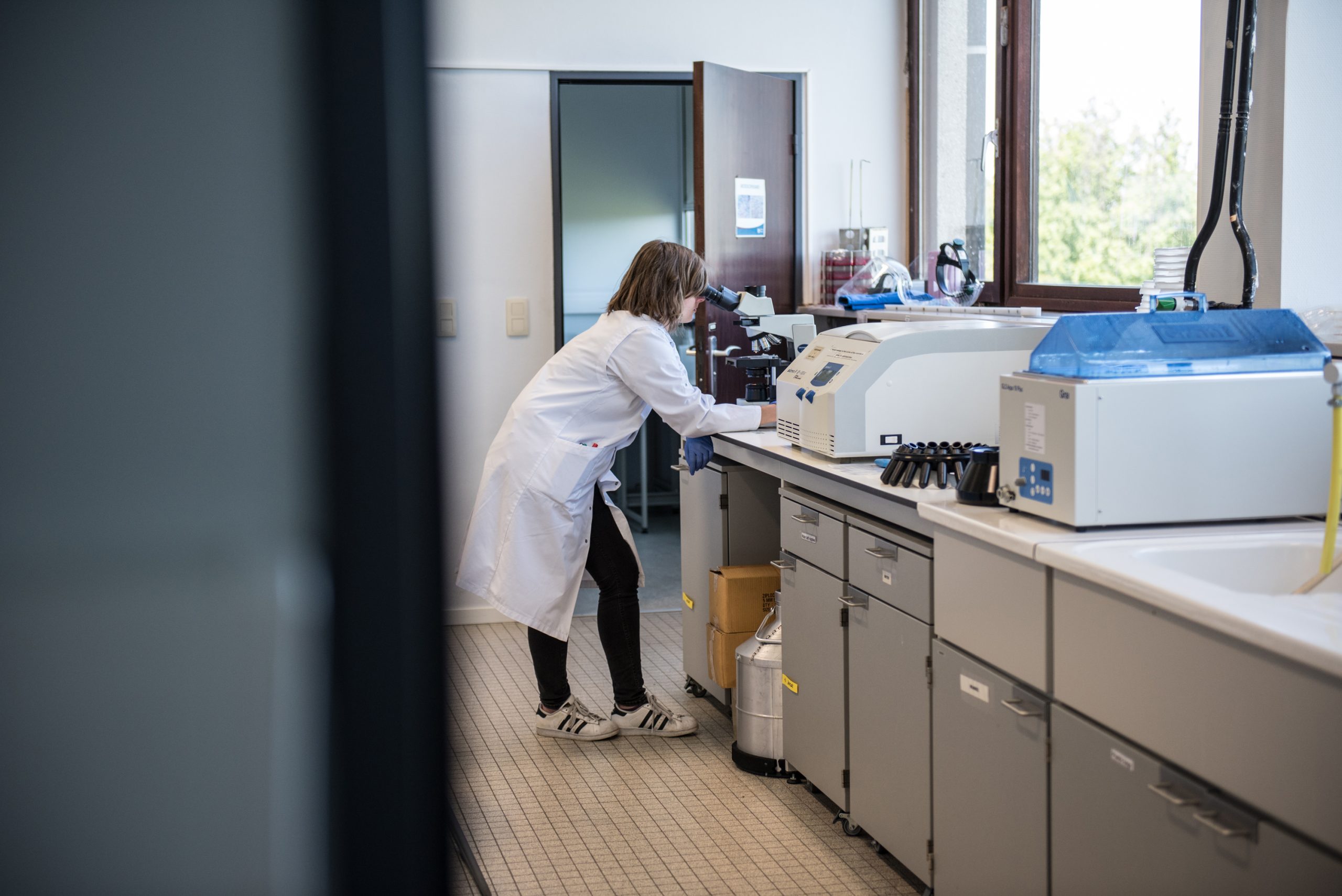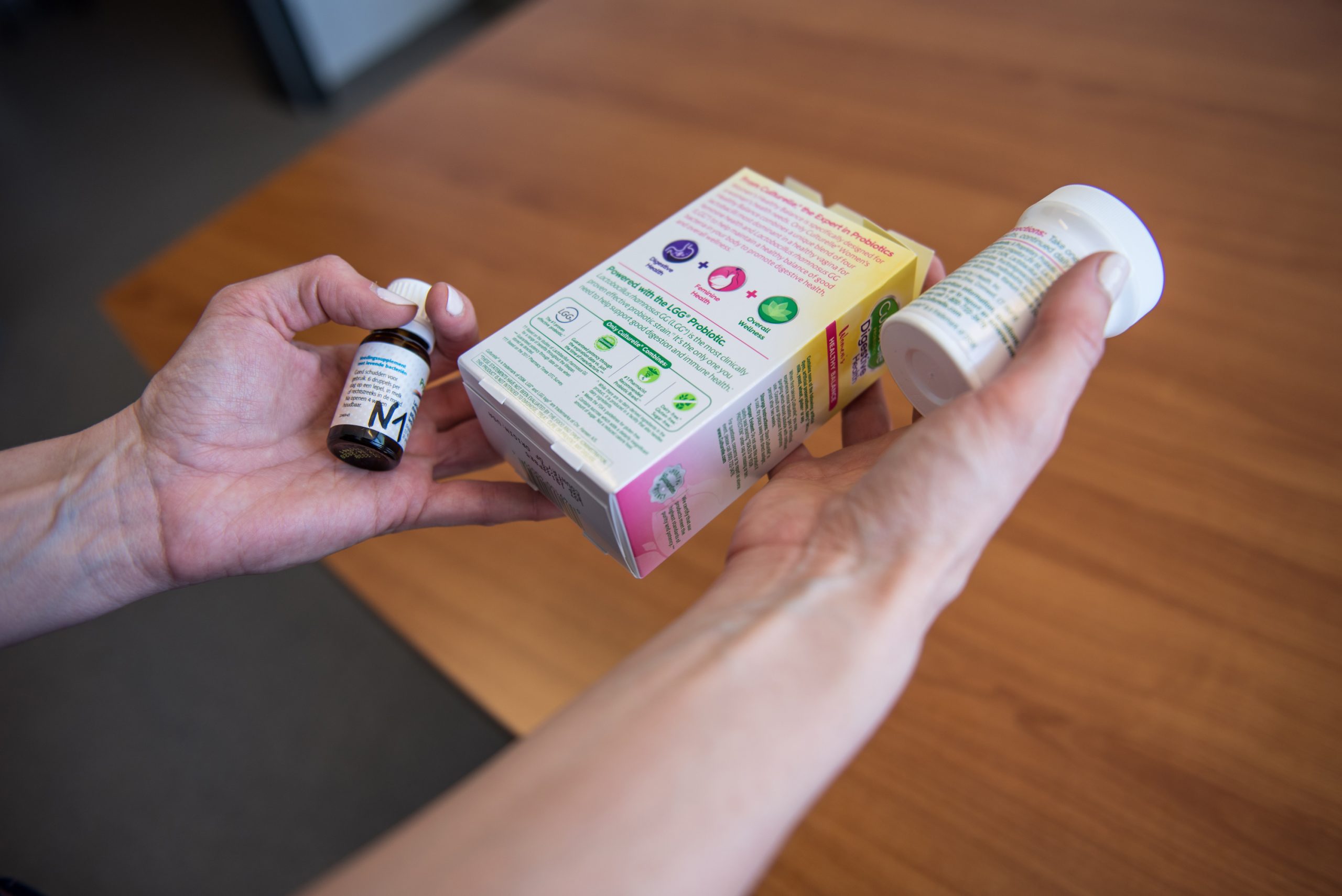1-10 of 15 results
-

Exploring resources to inform probiotic recommendations: New UK Probiotic Guide Released
Well-informed healthcare professionals know the importance of recommending evidence-based probiotic products to their patients to achieve specific health benefits. But… -

Should everyone take a probiotic? Assessment of evidence of probiotics for healthy people
By Prof. Daniel Merenstein MD and Dr. Mary Ellen Sanders PhD During the ISAPP 2024 meeting, an article titled, “Is… -

A guide to the new FDA Qualified Health Claim for yogurt
Fermented foods such as yogurt, kimchi, and fermented pickles have traditionally been associated with health benefits in countries around the… -

2023 in Review: Highlights in the Field of Biotic Science
By Kristina Campbell, Prof. Colin Hill PhD, Prof. Sarah Lebeer PhD, Prof. Maria Marco PhD, Prof. Dan Merenstein MD, Prof…. -

Can Probiotics Cause Harm? The example of pregnancy
Co-authored by Dr. Maria Carmen Collado, Institute of Agrochemistry and Food Technology-National Research Council (IATA-CSIC), Valencia, Spain Limiting excessive weight… -

Probiotics vs. prebiotics: Which to choose? And when?
As consumers, we are constantly bombarded with information on what we should eat to improve our health. Yet the information… -

ISAPP’s 2021 year in review
By Mary Ellen Sanders, PhD, ISAPP Executive Science Officer The upcoming year-end naturally leads us to reflect about what has… -

A postbiotic is not simply a dead probiotic
By Dr. Gabriel Vinderola, PhD, Associate Professor of Microbiology at the Faculty of Chemical Engineering from the National University of… -

Pharmacists as influencers of probiotic use
By Kristina Campbell, science writer It’s not an uncommon scene in a pharmacy: someone standing in front of the shelf… -

What’s a Clinician to do When the Probiotic Recommendations from Medical Organizations Do Not Agree?
By Prof. Hania Szajewska, MD, Department of Paediatrics, The Medical University of Warsaw, Poland The scientific literature on probiotics is…